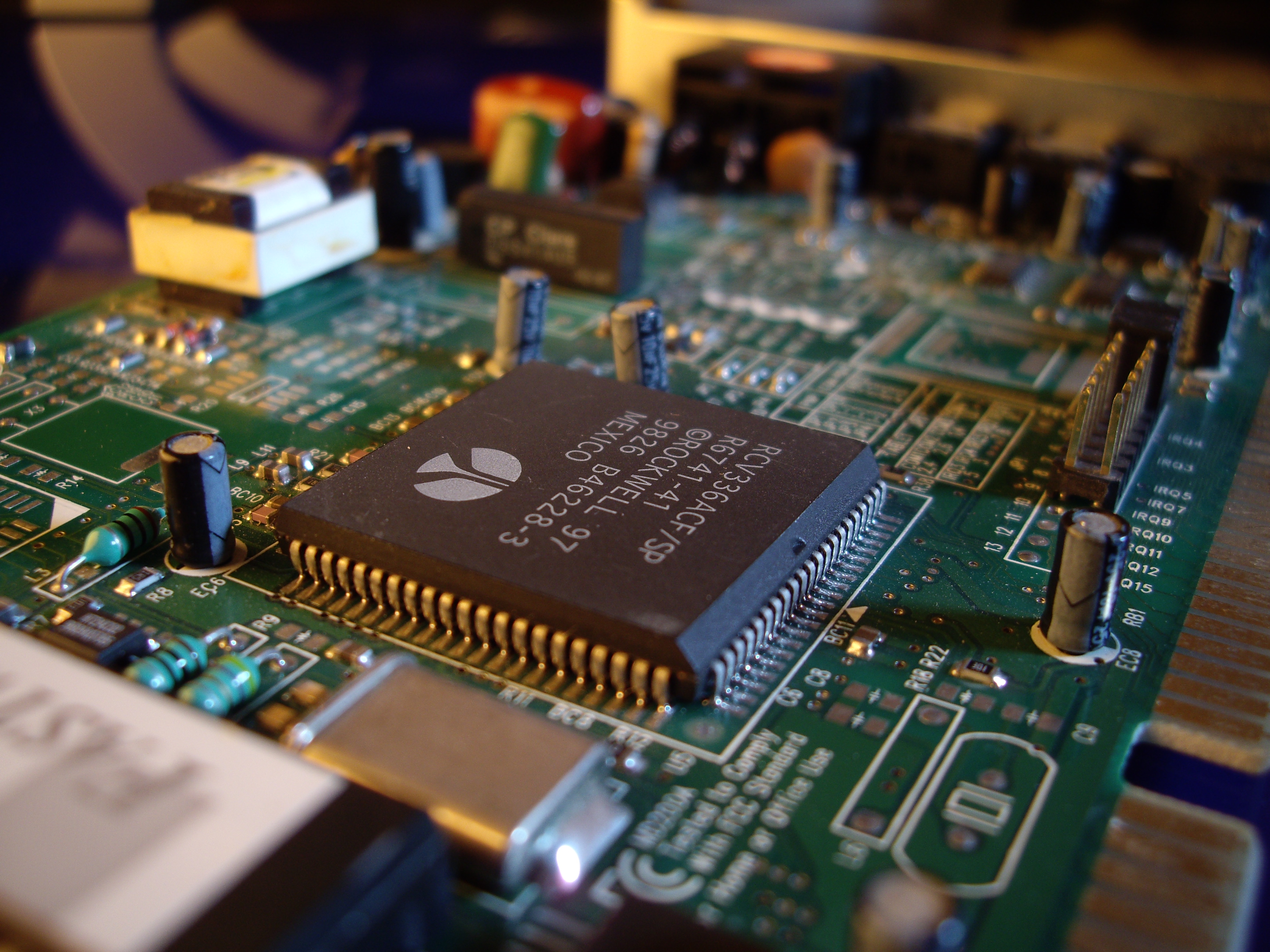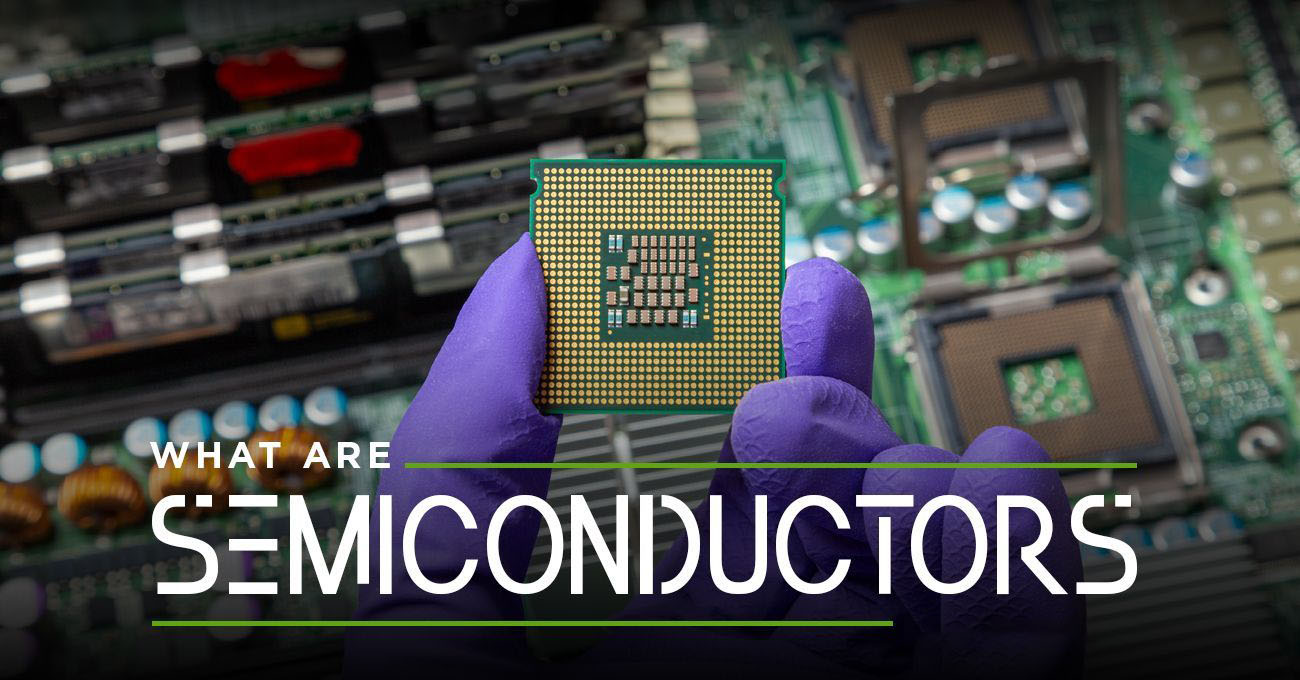
In today's fast-paced technological world, semiconductors play a pivotal role in nearly every electronic device we use. From smartphones to computers, cars to medical equipment, semiconductors are the essential building blocks that make modern technology possible. But what exactly is a semiconductor, and how is it used? In this blog, we will break down the basics of semiconductors, how they work, and explore the various industries and applications where they are used.
Understanding Semiconductors
At its most basic level, a semiconductor is a material that has electrical conductivity between that of a conductor (like copper) and an insulator (like rubber). This unique property makes semiconductors invaluable in modern electronics.
Semiconductors are typically made from silicon, a widely available element found in sand. However, other materials like germanium and gallium arsenide are also used in specific applications. What makes semiconductors so useful is their ability to control electrical current. By manipulating the flow of electricity, semiconductors allow us to build devices that can perform complex operations, from storing data to processing signals.
How Do Semiconductors Work?
The key to understanding how semiconductors work lies in their electrical properties. In their pure state, semiconductors are not good conductors of electricity. However, they can be "doped" with small amounts of other elements, such as phosphorus or boron, to create n-type (negative) or p-type (positive) semiconductors.
When n-type and p-type materials are combined, they form a p-n junction, a critical component of most semiconductor devices. The p-n junction allows for the control of electrical current by acting as a diode—a one-way valve for electricity. This junction is the foundation of many electronic components, such as transistors, which amplify signals and switch electrical currents on and off.
Transistors, often called the "brains" of electronic devices, have become the backbone of modern electronics. These tiny switches have revolutionized industries by enabling the miniaturization of devices and improving their performance.
Types of Semiconductor Devices
There are several different types of semiconductor devices, each with specific functions. Some of the most common ones include:
1. Diodes: Diodes allow current to flow in only one direction. They are used in applications such as rectifying AC (alternating current) to DC (direct current), in LED lights, and in power supplies.
2. Transistors: As mentioned, transistors are switches that can amplify signals and control the flow of electricity. They are used in almost every electronic device, from simple amplifiers to complex microprocessors.
3. Integrated Circuits (ICs): ICs are miniaturized circuits that combine multiple semiconductor components into a single chip. These chips can perform a wide variety of functions, from logic operations in computers to signal processing in communication devices.
4. Photonic Devices: Semiconductors are also used in photonic devices such as lasers and photodiodes. These devices convert electrical signals into light or vice versa and are essential in communication technologies like fiber optics.
Where Are Semiconductors Used?

Semiconductors are used in virtually every field of technology. Here are some of the most important industries that rely on semiconductor devices:
• Consumer Electronics: The most visible use of semiconductors is in consumer electronics. Smartphones, laptops, televisions, and gaming consoles all rely on semiconductors for processing power, display technology, and connectivity. Without semiconductors, these devices wouldn't function.
• Automotive Industry: Modern vehicles are becoming increasingly dependent on semiconductors. Semiconductors are used in everything from engine control units (ECUs) and safety systems like airbags and anti-lock braking systems (ABS) to advanced driver-assistance systems (ADAS) like lane departure warnings and automated parking. As vehicles become more autonomous, the demand for semiconductor components will continue to grow.
• Healthcare: In the healthcare industry, semiconductors are critical for devices like MRI machines, X-ray equipment, and medical imaging systems. Wearable health devices like heart rate monitors and fitness trackers also rely on semiconductor chips to gather and process data. Furthermore, the rise of telemedicine and robotic surgeries is only possible due to advancements in semiconductor technology.
• Telecommunications: The telecommunications industry relies heavily on semiconductors for mobile networks, satellite systems, and internet infrastructure. Chips are used in routers, base stations, and cellular phones to enable communication across vast distances, including the roll-out of 5G networks.
• Aerospace and Defense: While less discussed in the public domain, semiconductors are vital in aerospace and defense applications. They are used in satellite systems, radar equipment, navigation systems, and even missile guidance systems. Semiconductor components must meet high-performance and reliability standards to ensure the safety and precision of these technologies.
• Energy and Utilities: In the energy sector, semiconductors are used in solar panels, wind turbines, and energy storage systems. Power electronics, such as inverters and converters, rely on semiconductors to manage the flow of electricity in renewable energy systems. Additionally, semiconductors help optimize the efficiency of the electric grid.
How Does a Semiconductor Differ From a Conductor or an Insulator?
A semiconductor essentially functions as a hybrid of a conductor and an insulator. Whereas conductors are materials that allow the flow of charge when applied with a voltage, and insulators do not allow current flow, semiconductors alternately act as both an insulator and a conductor as necessary.14
What Is an N-Type Semiconductor?
An n-type semiconductor is an impurity mixed semiconductor that uses pentavalent impure atoms like phosphorus, arsenic, antimony, and bismuth.15
What Is a P-Type Semiconductor?
A p-type semiconductor is a type of extrinsic semiconductor that contains trivalent impurities such as boron and aluminum which increases the level of conductivity of a normal semiconductor made purely of silicon.16
What Is an Intrinsic Semiconductor?
An intrinsic or pure semiconductor is a semiconductor that does not have any impurities or dopants added to it, as in the case of p-type and n-type semiconductors. In intrinsic semiconductors, the number of excited electrons and the number of holes are equal: n = p.
The Risks of Cyclicality
Surprisingly, the cyclicality of the industry can provide a degree of comfort for investors. In some other technology sectors, like telecom equipment, one can never be entirely sure whether fortunes are cyclical or secular. By contrast, investors can be almost certain that the market will turn at some point in the not-so-distant future.
While cyclicality offers some comfort, it also creates a risk for investors. Chipmakers must routinely take part in high-stakes gambling. The big risk comes from the fact that it can take many months, or even years, after a major development project for companies to find out whether they've hit the jackpot or not. One cause of the delay is the intertwined but fragmented structure of the industry: different sectors peak and bottom out at different times.
For instance, the low point for foundries frequently arrives much sooner than it does for chip designers. Another reason is the industry's long lead time: It takes years to develop a chip or build a foundry, and even longer before the products make money.
Semiconductor companies are faced with the classic conundrum of whether it's the technology that drives the market or the market that drives the technology. Investors should recognize that both have validity for the semiconductor industry.
The Future of Semiconductors
As technology continues to evolve, so does the role of semiconductors. One major trend is the growing importance of artificial intelligence (AI) and machine learning, which require powerful processing capabilities. This has led to the development of specialized semiconductor chips, such as those used in graphics processing units (GPUs) and AI accelerators, designed to handle the heavy computational needs of AI applications.
Additionally, quantum computing—an emerging technology that promises to revolutionize data processing—relies on semiconductor materials for creating qubits, the basic units of quantum information. The development of advanced semiconductor manufacturing techniques, such as extreme ultraviolet (EUV) lithography, is opening the door to smaller, faster, and more efficient chips.
Another area of interest is the growing importance of sustainability in semiconductor manufacturing. With the increasing demand for semiconductors, there is a push for more energy-efficient production methods and the recycling of old semiconductor devices. As the world becomes more interconnected, the demand for semiconductors will continue to rise, and innovation in the field will only accelerate.
Conclusion
In recent decades, semiconductors have been integrated into hundreds of popular industries and thousands of products. They are a vital part of computers, the internet, mobile phones, automotive technologies, and consumer products like flat-screen TVs. As a result, the semiconductor industry plays a prominent role in the global economy. The sector also remains a hub of innovation, as Moore's law continues to work its magic, producing more powerful microchips that are cheaper to produce over time.
Semiconductors are the heart of modern electronics, enabling the functionality of everything from everyday gadgets to cutting-edge technologies. As we continue to push the boundaries of what’s possible with technology, the role of semiconductors will only become more vital. From improving the performance of personal devices to driving advancements in AI and quantum computing, semiconductors are shaping the future of innovation. Understanding their role and significance is essential for anyone interested in the technologies that are transforming our world.
Written by Icey Ye from AIChipLink.
AIChipLink, one of the fastest-growing global independent electronic component distributors in the world, offers millions of products from thousands of manufacturers. Whether you need assistance finding the right part or electronic components manufacturers for your design, you can contact us via phone, chat or e-mail. Our support team will answer your inquiries within 24 hours.
